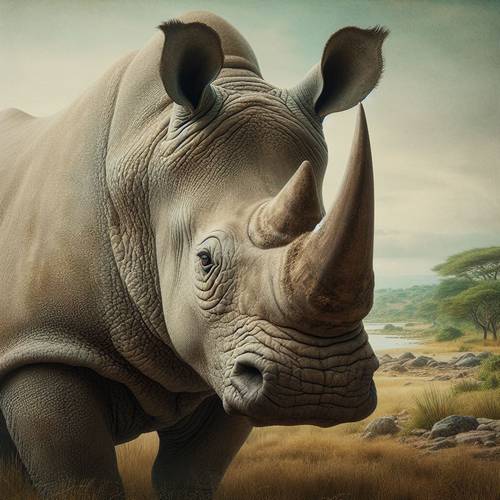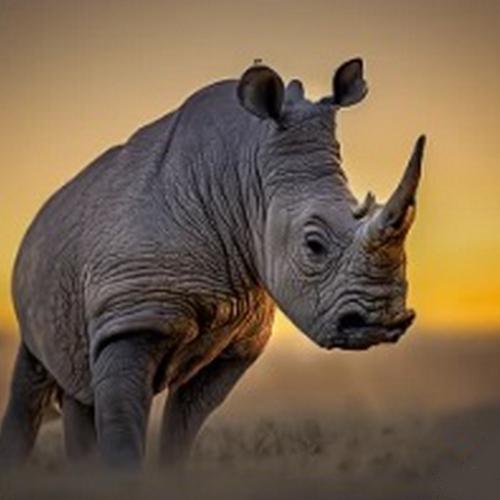An Overview of Rhino Diet
Rhinos, the iconic herbivores that roam the expansive savannas, rely predominantly on a plant-based diet to sustain their formidable size and strength. Their dietary preferences are intricately linked to the availability and diversity of vegetation within their habitats. From grazing on lush grasslands to browsing on shrubs and trees, rhinos showcase remarkable adaptability in their feeding habits, reflecting their evolutionary adaptation to their environment's nutritional resources.
Grazing and Foraging Behavior
Grazing and foraging constitute a significant portion of a rhino's daily activities, as they tirelessly traverse their territories in search of sustenance. These behaviors are not merely acts of feeding but rather essential strategies for meeting their substantial energy demands and fulfilling their complex nutritional requirements. Rhinos' relentless pursuit of food underscores the critical role that vegetation plays in supporting their survival and well-being.





